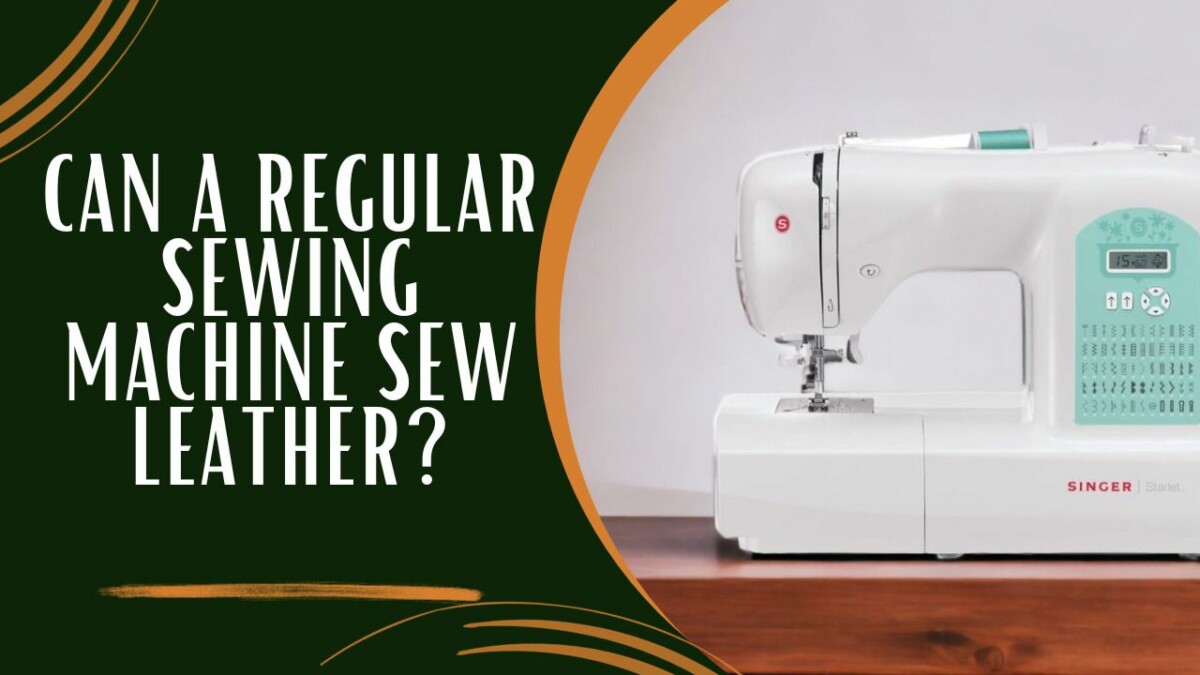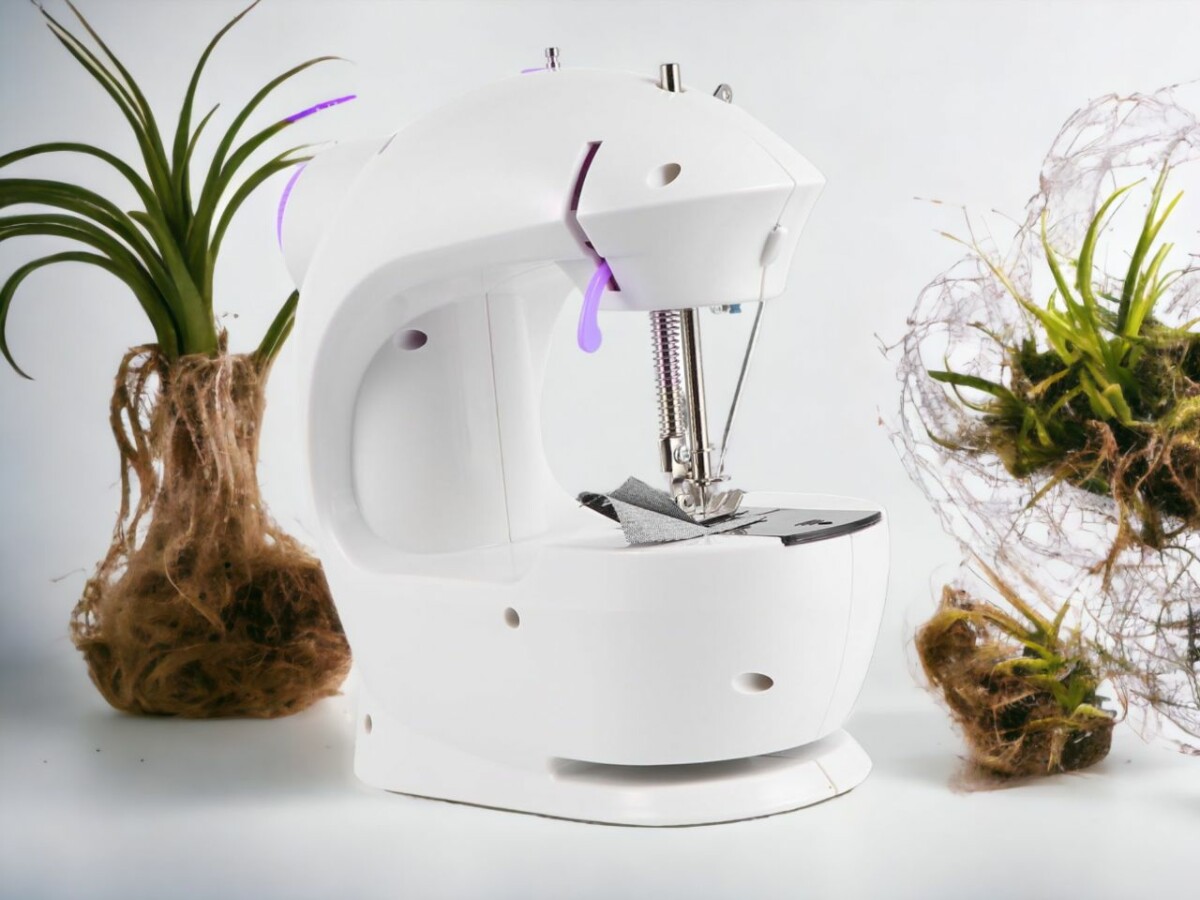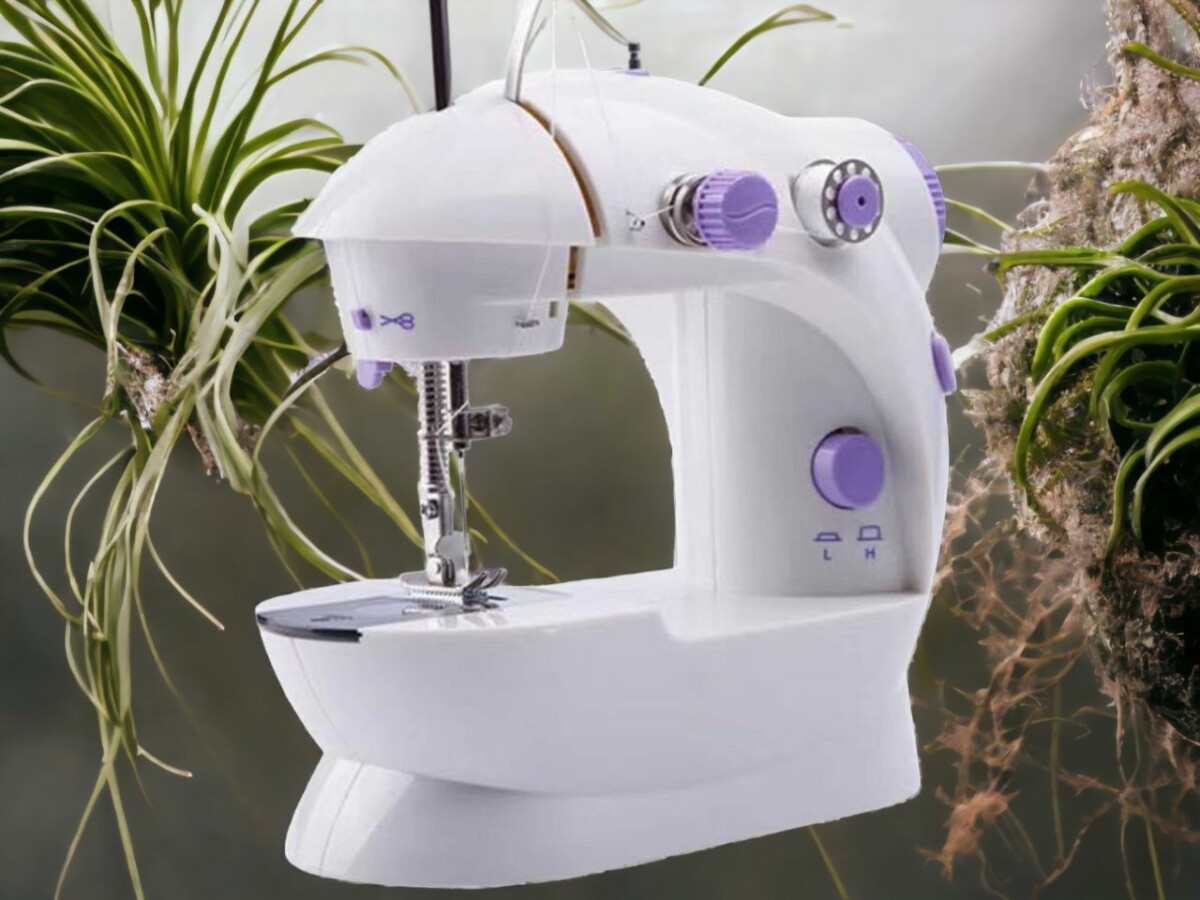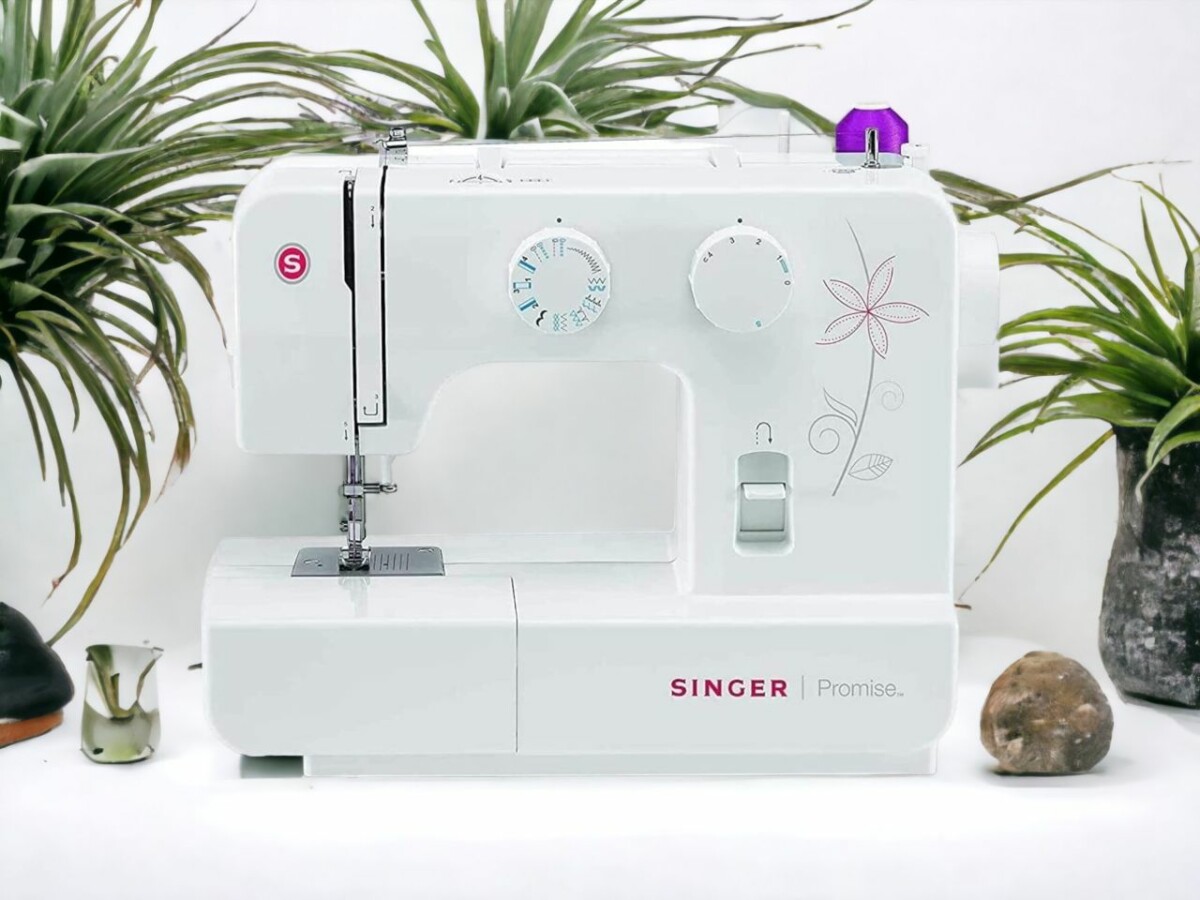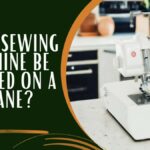So, you’ve got this awesome piece of leather and you’re wondering, can my sewing machine handle it? Well, it’s not as simple as a straight-up yes or no.
The answer really depends on the kind of leather you’re working with and how thick it is. If it’s a softer type of leather, your regular sewing machine might be up for the task. But if you’re dealing with a tougher kind of leather, you might need to level up to a more industrial strength machine.
Also, don’t forget that the needle, thread, and bobbin size you choose can make or break your leather sewing project. Working with leather can be a bit tricky, but understanding what your machine can and can’t do is the key to nailing it.
Can I Sew Leather with My Regular Sewing Machine?
Absolutely, your regular sewing machine can handle leather. However, you should use a needle specifically designed for leather, a walking foot or Teflon foot, and adjust your stitch length. One thing to bear in mind though, repeatedly sewing over the same spot can weaken the leather.
Sewing leather with your everyday sewing machine can be a real pain in the neck, and that’s mostly because of how tough and thick leather tends to be. The trick to making it work is to pick out the right thickness of leather. If you’re going for something on the softer, thinner side, your regular machine should be fine. But when it comes to beefier, thicker leather, you might need to bring in the big guns, like a heavy-duty or industrial machine.
It’s all about nailing that sweet spot where you don’t end up messing up the leather while you’re trying to work on your project. There are a few tricks to avoid ruining the leather, like using a needle that’s specifically designed for leather, and a Teflon or walking foot to make sure the material moves smoothly. Just remember, if you mess up your stitch line on leather, it’s there to stay.
Assessing the Suitability of Your Sewing Machine for Leather
Figuring out if your sewing machine can handle leather isn’t just a yes or no question, there’s a bit more to it. First off, you gotta check out your machine’s limitations. Is it a heavy-duty machine that can take on tougher fabrics? If it isn’t, then you might be in for a rough time with leather.
And don’t sleep on the importance of needle size and thread. You’ll want to pick those based on how thick the leather is. Small bobbin on your machine? That could be a problem, because it mightn’t be able to handle heavy nylon thread, and that’s a one-way ticket to Thread Jam City.
You’ll also want to keep an eye out for other common issues, so make sure your machine has a Teflon or walking foot. That’s what’s going to help feed the leather through evenly. If you find yourself working with leather a lot, it might be time to start thinking about an upgrade to an industrial machine. They’ve got more power and can make the whole process a lot smoother.
The Role of Leather Needles and Threads in Leather Sewing
You know, when it comes to stitching leather, the right needle and thread can make or break your project. Seriously, it’s like the secret sauce to a successful DIY. Those nifty leather needles with their chisel-like tips? They’re your best friends. They slice into the leather like a hot knife through butter, making your stitching job a breeze.
Now, let’s chat about size. Needle size, that is. And we’re not talking about a one-size-fits-all approach here. The thickness of your leather is the boss, and it calls the shots. You’ll probably find yourself reaching for a needle size between 18 to 21 for most leather projects. Keep that tip in your back pocket!
And what about thread? Well, you’re gonna want to opt for something robust, like heavy nylon or polyester. But a heads up – those smaller bobbins mightn’t be up for the job. So, do yourself a favor and check your machine’s specs before you dive in.
The thing with leather is that it doesn’t do do-overs. Once you’ve stitched, that’s it. No second chances. So, precision is your golden ticket. Honestly, the right needle and thread aren’t just nice to have; they’re absolutely vital. So, remember these tips and you’ll be on your way to some seriously killer leather pieces.
Exploring Alternative Machines for Sewing Leather
Alright, so let’s talk about leather projects and the machines you can use. Two types come to mind – those cool vintage sewing machines with their all-metal gears and then you’ve got your industrial machines with hulk-like heavy-duty motors. But, it’s no secret, each has its own perks and drawbacks.
Let’s start with vintage machines. They’ve got this rep for being super sturdy and they’re pretty decent at handling some of the techniques you’d use on leather. But let’s be real, they mightn’t be your best bet for thicker materials.
Now, if we’re talking about thick leather or multiple layers, that’s where industrial machines really shine. They’ve got these beastly motors that just power through. One big plus of going industrial is the quality of stitches they can churn out on tough materials, like leather. Consistently high-quality, no sweat.
Tips for Successful Leather Sewing With a Regular Machine
Sewing leather with a regular machine? No worries, you’ve got this! You just need the right tools and a dash of know-how, and you’ll be whipping up some seriously cool leather pieces in no time.
The secret’s in the type of leather you choose – stick with softer, thinner varieties. They’re way easier to handle on your typical machine.
Now, let’s talk needles. You’ll need a wicked sharp one made specifically for leather. The tip’s shaped like a chisel, which is rad because it cuts into the leather without causing any ugly tears. Also, go for a heavyweight thread and make your machine spit out longer stitches. It’ll stop the seams from bunching up and looking all kinds of wrong.
If you’re dealing with annoying issues, like the leather sticking or refusing to feed, don’t panic. A Teflon or roller foot can be your new best friend.
And always remember, practice makes perfect. So, get your hands on some scrap pieces and have a go before diving into the real deal. With a bit of patience and the right attitude, you’ll be a leather-sewing whizz on your regular machine in no time!
In Conclusion: Sewing Leather and Other Materials with Regular Machines
So, you’ve been cruising on the question of whether a regular sewing machine can actually sew leather or not. Well, the truth lies in the capability of the machine, your expertise in handling it, and sometimes, simply the necessity of having to sew leather products. Indeed, sewing machine capabilities differ widely, which prompts another intriguing question—are all sewing machine tables created equal and universal?
While on this journey of understanding the dimensions of a sewing machine, it’s also essential to be aware of its risks. You might be wondering about sewing machines being dangerous because, let’s face it, those sharp needles and fast-moving parts can seem a bit intimidating. At the end of the day, it’s all about how you use it.
And now, since we’ve already hit off with leather, what about other thick materials like denim? You’ve probably got a pile of jeans lying around that need a few stitches here and there. Before you dive in, consider if you can effectively utilize a regular machine for sewing jeans with a sewing machine. Good luck and happy sewing!
I graduated from London College of Fashion, and I’ve been working for a Fashion Design company for 10 years. My other hobbies are going to the gym and reading.

